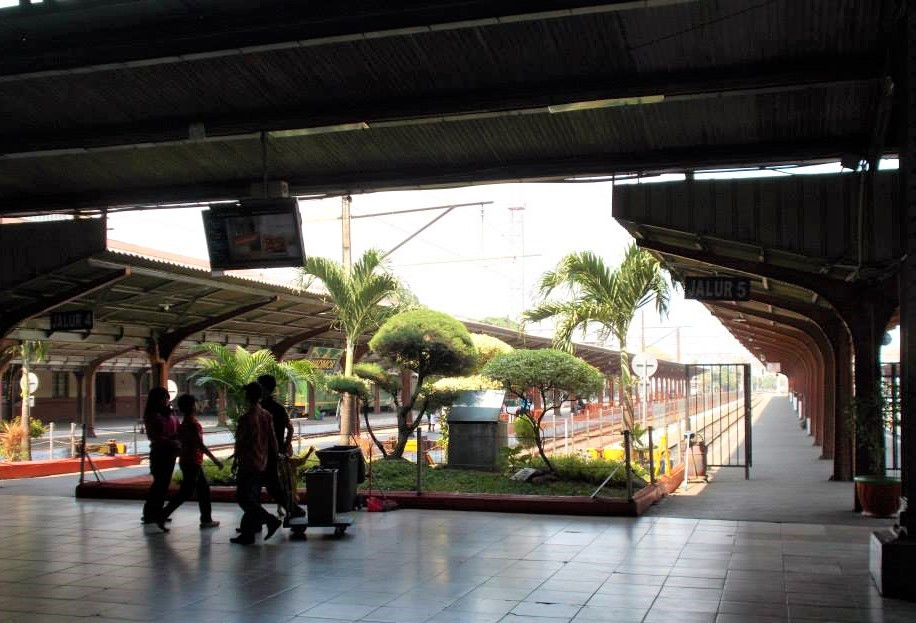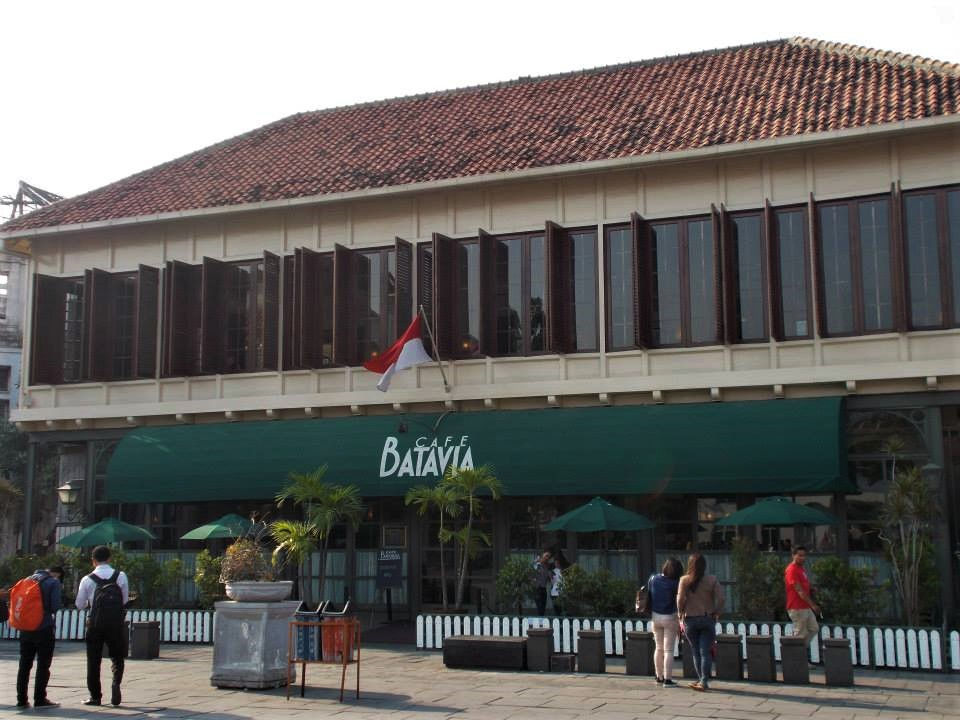Jakarta: Stasiun Kota
- Matthew P G

- Mar 20, 2023
- 2 min read



September 2014
Kota Station was completed in 1929. It represented an era where the Dutch were finally starting to take their colonial overlordship seriously in Indonesia.
The station building was designed in 1927-1928 by the architects Asselbergs, Frans Johan Louwrens Ghijsels, and Hes from the architectural company Algemeen Ingenieurs-en Architectenbureau in Batavia. During construction in 1928-1929 concrete from the Hollandsche Beton Maatschappij ("Dutch Concrete Company") was used. The main building was designed with 12 railway tracks, designated to connect Batavia with Buitenzorg, the port of Tandjoeng Priok, and the port of Merak near the Sunda Strait with a ferry connecting Western Java with Southern Sumatra. The new and current building was officially opened on 8 October 1929 with a private ceremony by the company staff. All rail services to the old city were then reassigned to the new southern station, while the remaining northern station was demolished.
Due to Jakarta's constant gridlock, the few times I took the train it was always from Gambir Station close to the National Monument in the "new" Dutch city center (Jakarta's center slowly crept south - away from the sea). No one wanted to take the train to Kota Station any more because getting in and out of the original "Batavia" was legendarily terrible [see: Cafe Batavia, Jakarta]. I actually never set foot in Kota station until years after I had left Indonesia. As with other grand old train stations, the inside of the main hall had become irrelevant and in "jam-packed" Jakarta (especially Kota), the great entry hallway stood eerily silent.
These days the scene in front of the old station is sheer chaos because it is the end of the line for one of the main "Busway" lines through the city. Trans-Java trains still terminate at Kota, so when all those carriages disgorge their passengers into the station, the area gets even busier. The interior, however, lies forgotten. As Jakarta slowly sinks into the mud, I wonder if Stasiun Kota will eventually become entombed for a couple millennia and later to be discovered by future archeologists who will puzzle over its original use?
Meanwhile, if I were to take a train across Java again, I would still prefer to arrive at the modern (and sterile) Gambir Station. Even all the nostalgia of arrival at Kota Station could never convince me to sit in Jakarta's infamous traffic.

Comments